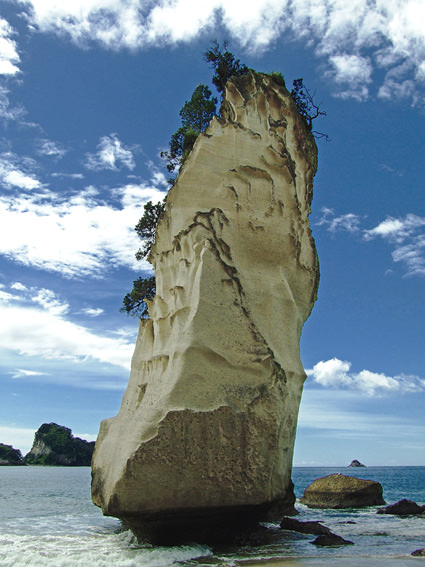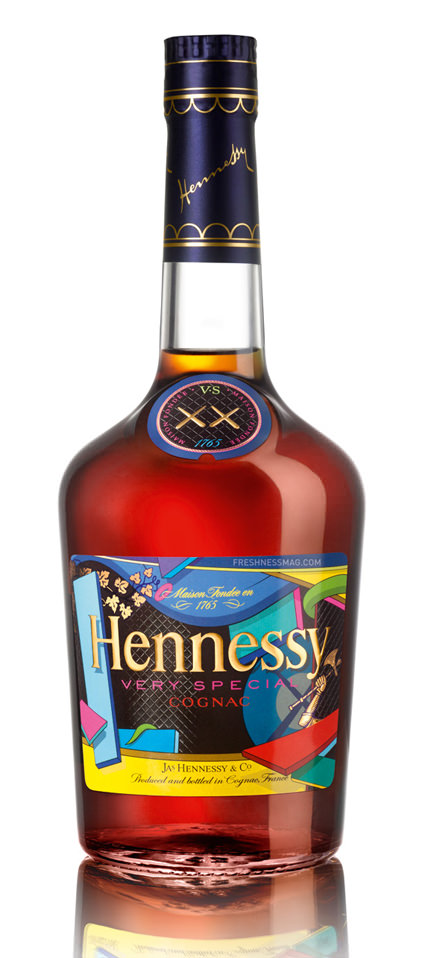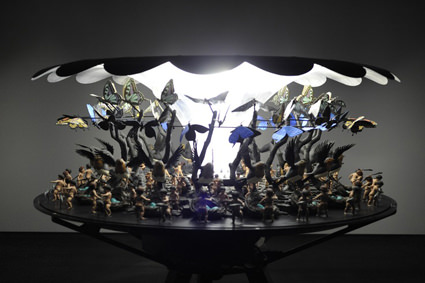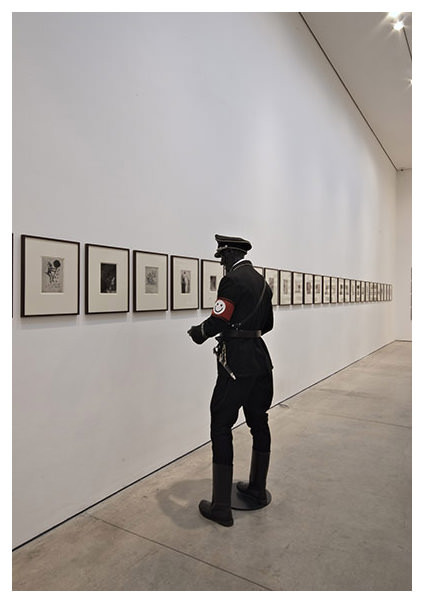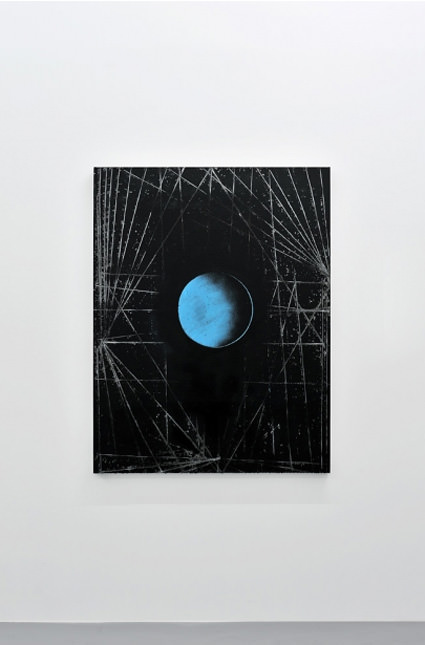Posted on
2011-07-18
His work has been described, in the writings about him, as being in a dialogue with the now extinguished utopian ideals, or grand value systems, of early modernism, and the writers who have stated this are, of course, all correct in their description. It’s been noted that Peri’s grandfather was an early Constructivist and in a sense Constructivism is Peri’s inheritance fortune – the art historical equivalent of a decayed noble estate, amongst whose treasures Peri, the young heir, may wander, enjoying whatever uses or strange squanders that the rights of ownership allow him.
There is a vast, potent, teeming art historical energy about early modernism; it fascinates artists, and enthralls critics and art institutions. Modernism’s original formations suggested political utopianism, geometric spirituality, avant gardism and artistic heroism, cosmological searching, the coded systems of spiritualist and occultist empowerment, abstract and formalist absolutism, and ideals of social and scientific progressiveness. Peri’s appropriations of these (mostly ruined) modernist ideals could be just a cerebral, art historical exercise, or else an opportunity for playfully ironic, retro gags. But his geometrical modernist forms are better than either; propelled forth from a mostly poetic logic (as indicated in the painting titles), he creates the visual equivalences of intense, authoritative, summary moods. Peri’s is a cosmology of various sacred geometries – there are many sacred geometries around to choose from – which he allows to glisten in the brightness of a silvery honouring, before revealing something profane; a foul night time of the dissolute, created from the distressed grunge of painted and overpainted effacement.
Opposite – I Live in a Paradise of Hellish Blue Balls, 2011
Exhibition runs through to July 30th, 2011
Almine Rech Gallery
19 Rue Saintonge
F75003
Paris
www.alminerech.com
